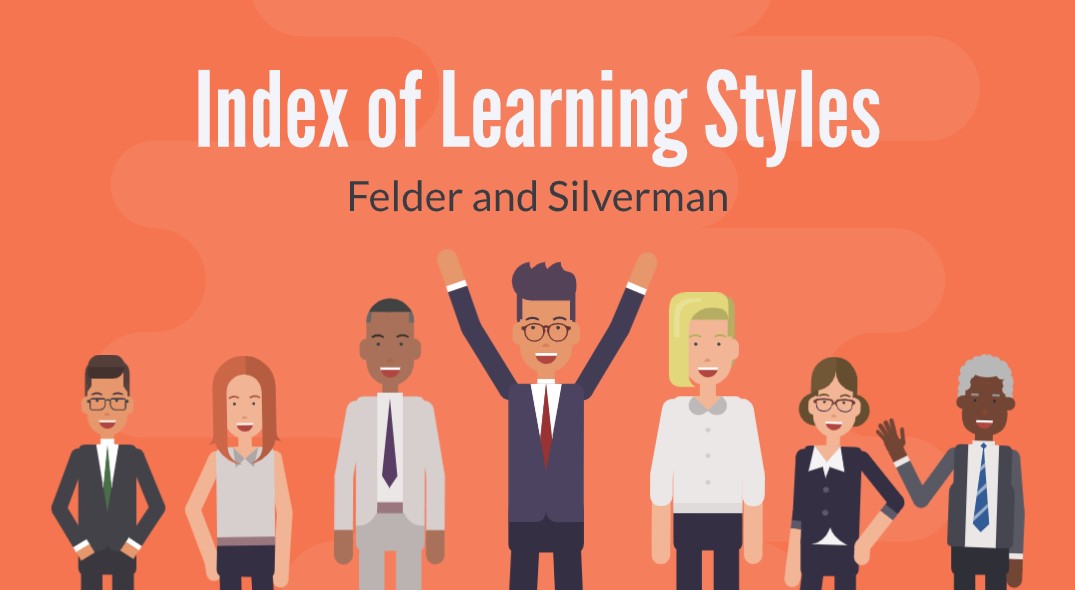Felder and Silverman set out to discover the learning personalities of engineering students and aid them in the learning process. The overall goal of their theory was to aid students to better understand their best approach to learning which would then in turn lead to more effective learning and studying and also to aid educators in providing guidance and perimeters on the most effective teaching manners to best reach students. They identified that the learning style and the teaching style paralleled each other. They recognized that a learning style was composed of a two-step process:

- Receiving information – Information would be received through either an external methodology or an internal methodology. The external mean was received through senses while the internal means was received through introspection.
- Processing information – This step would occur through memorization, inductive or deductive reasoning, reflection, action, introspection or interaction.
Their learning theory was based on the works of Jung and Kolb as they identified five areas that contributed to learning:
- Active/Reflective
- Visual/Verbal
- Sensing/Intuitive
- Sequential/Global
- Inductive/Deductive
These five areas are part of a continuum. Felder and Silverman propose that optimal learning and teaching will occur when the teacher attempts to use teaching methodologies at both ends of the spectrum.

Updates to the Original Theory
In 2002, Felder updated the original theory, removing the inductive and deductive component. Felder stated in the author’s preface, “I have come to believe that while induction and deduction are indeed different learning preferences and different teaching approaches, the “best” method of teaching—at least below the graduate school level—is induction, whether it be called problem-based learning, discovery learning, inquiry learning, or some variation on those themes. On the other hand, the traditional college teaching method is deduction, starting with “fundamentals” and proceeding to applications” (Felder & Silverman, 1988).
The inductive preference looks at the details of information and moves to the larger picture, learning toward observations and data first and then building toward theory. This inductive preference tends to be seen as the more natural learning preference.
In contrast to the inductive preference is the deductive preference where the learner chooses to move from a general view to details. In this method, the learner would like theory before the application or observation. This type of preference is the more common teaching style.
Sources:
Felder, R. & Silverman, L. K. (1988). Learning and Teaching Styles in Engineering Education. Engineering Education, 78(7), 674-681.
Follow us on Instagram: MBTI.Specialist
Follow us on YouTube: StudentSuccessSpace
Want to learn more about this topic?
Learn more about MBTI on Udemy.com. Search for Tracy Atkinson’s courses.
Or read about MBTI. Search for Tracy Atkinson’s publications on Amazon.

Comments are closed